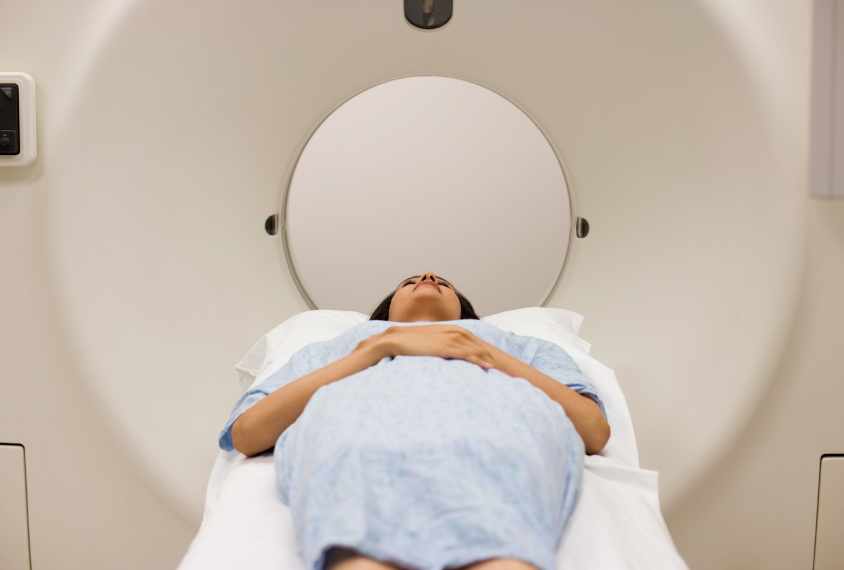
THIS ARTICLE IS MORE THAN FIVE YEARS OLD
This article is more than five years old. Autism research — and science in general — is constantly evolving, so older articles may contain information or theories that have been reevaluated since their original publication date.
Brain areas that spring to life when a person is at rest are less coordinated in girls with autism than in typical girls1. This asynchrony may be associated with problems recognizing emotions.
The so-called default mode network is a set of brain regions that are involved in daydreaming, rumination and self-reflection. Functional magnetic resonance imaging (fMRI) shows that these areas light up simultaneously when a person’s brain is not engaged in any particular task — suggesting that the areas are connected.
Boys with autism have less synchrony in this region than typical boys do. But it has been unclear whether the same discrepancy exists for girls.
The new study, published in July in Biological Psychiatry, suggests that decreased synchrony across the default mode network is a signature of autism in both sexes. And the degree of asynchrony tracks with a measure of social cognition in individuals, says lead researcher Mikail Rubinov, research fellow in neuroscience at the University of Cambridge in the United Kingdom.
Collecting scans:
The team scanned the brains of 121 children aged 12 to 18 years while the children’s brains were at rest. The group included 16 girls with autism, 35 boys with autism and 20 of each sex without the condition. They also conducted fMRI scans of 30 sisters of the participants with autism.
The researchers used a statistical analysis method to determine the degree of synchrony between default brain regions.
The analyses revealed that girls and boys with autism both have lower connectivity across the default mode network than controls of the same sex have. This finding held up in a separate set of 980 brain scans — including those of 55 women with autism and 89 female controls — from a large database called the Autism Brain Imaging Data Exchange.
The scans also revealed that typical boys have less connectivity across the default mode network than typical girls do. And siblings of children with autism show brain connectivity levels in between those of their brothers or sisters with autism and controls.
These findings are consistent with the theories that boys are more susceptible to autism than girls are, and that siblings of children with autism carry risk factors for the condition.
Rubinov and his team also measured the children’s social skills by asking them to guess an individual’s emotions based on a picture of their eyes. Those with the lowest scores on this metric had the lowest synchrony across the default mode network. The finding suggests that the changes in connectivity could underlie features of autism.
By joining the discussion, you agree to our privacy policy.